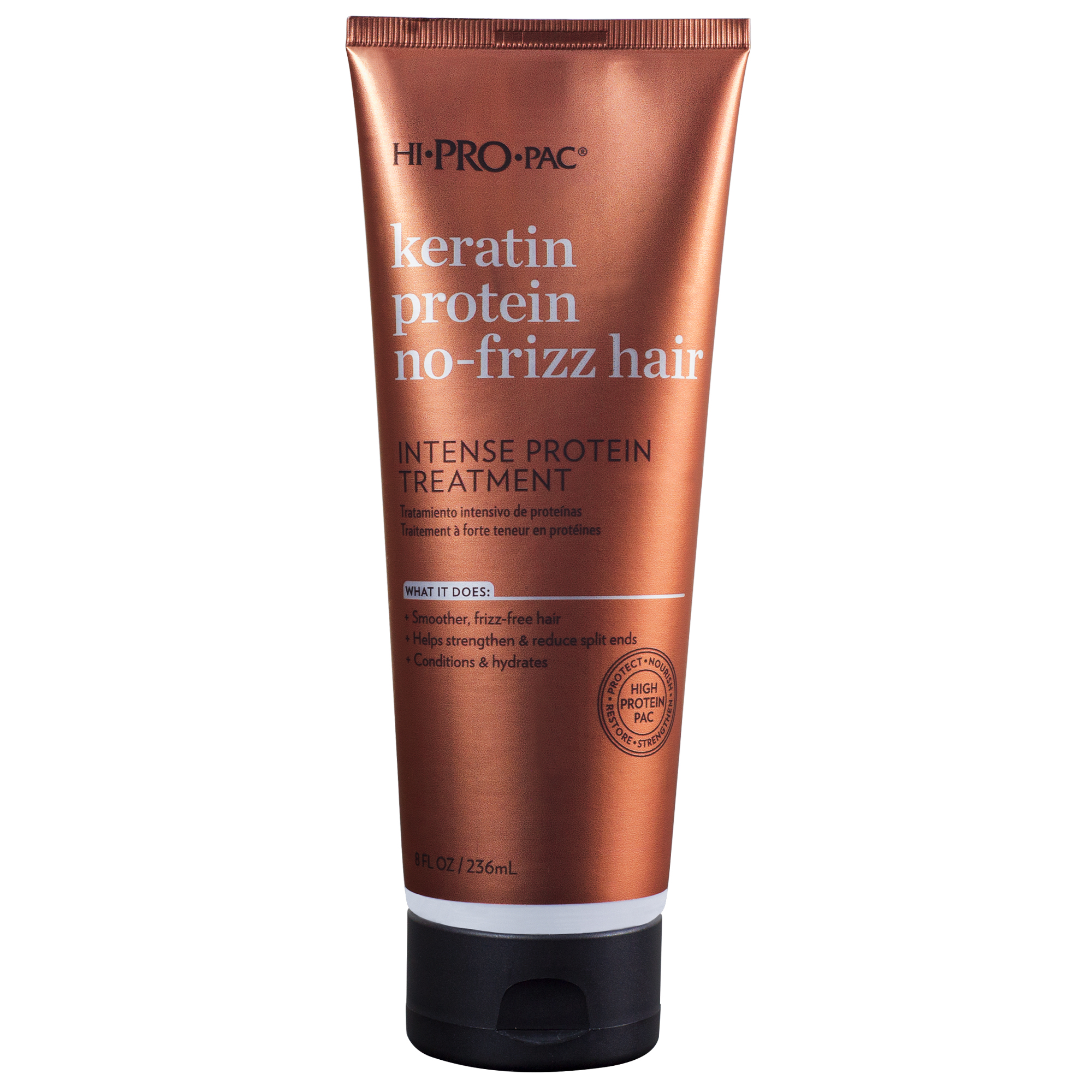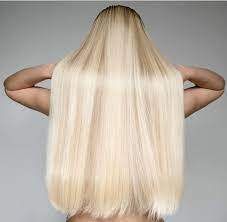
hair that feels sticky, stringy, or limp may indicate that it needs protein treatments such as Keratin. Protein treatments help strengthen the hair structure and can be further enhanced with keratin. However, it is essential to use protein treatments sparingly as they can weigh down the hair cuticle and lead to breakage. To minimize this risk, start using protein treatments once a week and gradually increase the frequency.
Does My Hair Need Protein?
Protein is essential for building and strengthening hair strands, resulting in fuller, softer, and healthier-looking locks. Hair that lacks protein may feel lackluster and lifeless. Good sources of hair protein include eggs, berries, fatty fish, tofu, legumes, and cottage cheese. Additionally, protein powders made from whey, soy, or even chocolate can be used as supplements.
Gummy and sticky locks are indicators of low protein intake, suggesting the need for light protein treatments between shampooing and conditioning. Deep in-salon therapies should be done every 4-6 weeks, considering hair texture and porosity levels. However, less frequent treatments may be recommended if your hair is protein-sensitive.
Can Too Much Protein Damage My Hair?
While protein treatments benefit damaged hair, excessive use without moderation can lead to protein overload, causing dryness and brittleness. It is recommended to perform light protein treatments 1-3 times a month and deep in-salon treatments every 4-6 weeks. After protein treatments, following up with a deep conditioning treatment is crucial to restore moisture balance and prevent crunchy locks.
If your hair changes texture, loses elasticity or becomes straw-like, protein overload might be present. In such cases, clarifying shampoo can help restore your strands to their natural state.
How Often Should I Use a Protein Treatment?
Protein treatments should be used sparingly to avoid dryness, brittleness, and hair stiffness. They should always be combined with deep conditioning treatments for extra moisture retention. Signs that your hair requires protein treatments include limpness, lifelessness, easy breakage, and loss of elasticity. When using protein treatments at home, carefully follow the provided instructions.
If your hair is experiencing severe breakage, a high-end protein reconstructor may be suggested by your stylist every four to six weeks in the salon. However, using such products under the supervision of trained hair professionals is essential. The frequency of protein treatments may vary based on the porosity of your locks.
What Happens if My Hair Has Too Much Protein?
Frequent use of protein-rich products can cause hair to stiffen and become brittle. However, this condition is not permanent and can be remedied. To restore your hair, use a gentle cleanser, seal with a hair oil before moisturizing with an intense moisturizing cream, and apply a leave-in conditioner to retain moisture.

